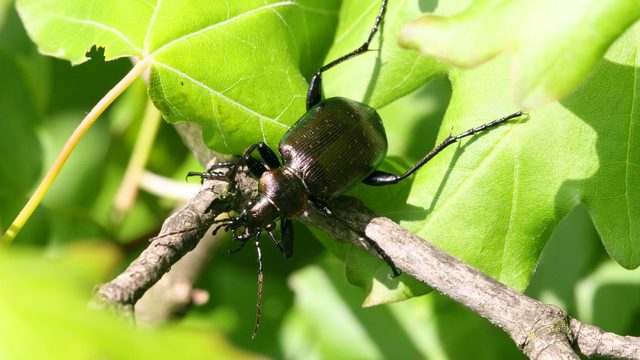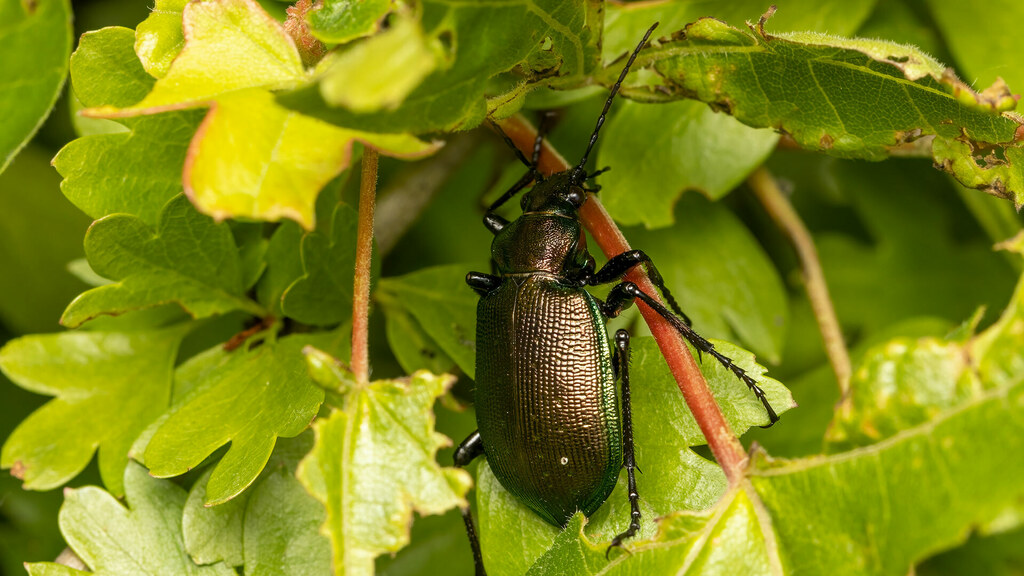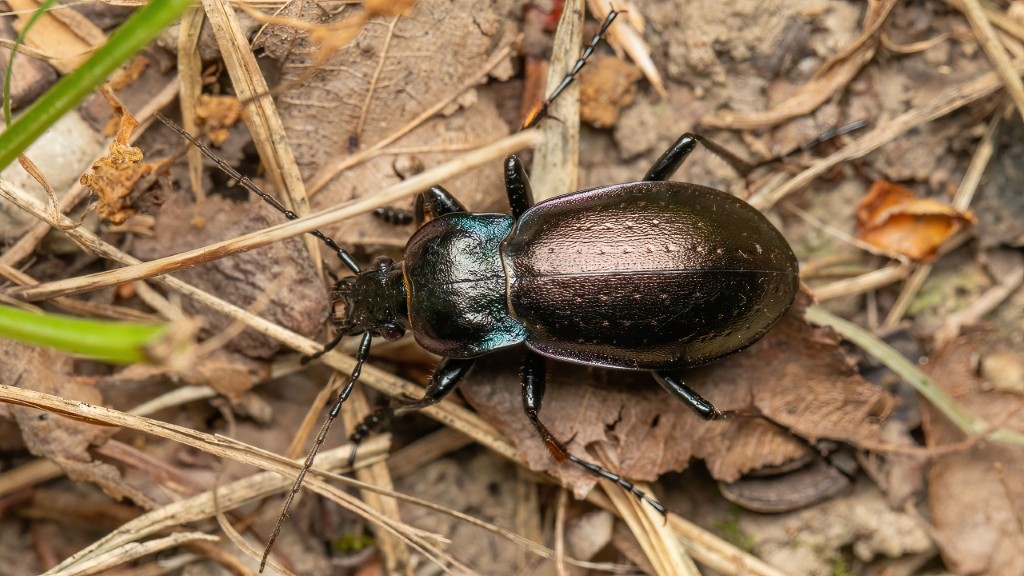Coleoptera - Beetles
Beetles are an incredibly diverse group of insects belonging to the order Coleoptera and are found worldwide in almost all habitats. They are known for their hard forewings, which serve as protective coverings for their delicate hind wings. These wings form a characteristic armor that shields the beetle's body.
There are over 350,000 known species of beetles, and experts estimate there may be over a million species in total, many of which remain undiscovered. Beetles vary greatly in size, color, shape, and lifestyle. Some are tiny, less than a millimeter in size, while others, like the Hercules beetle, are among the largest beetles globally, reaching up to 17 centimeters in length.
Beetles have a diverse diet. Some are herbivores, feeding on leaves, stems, or wood, while others feed on other insects, carrion, or even blood. Beetles play an essential ecological role, serving as decomposers, pollinators, and predators in various ecosystems.
The life cycle of most beetles comprises four stages: egg, larva, pupa, and adult beetle. Larvae, often referred to as grubs, vary significantly in shape and lifestyle depending on the beetle species. Some live in the soil, while others reside in wood, water, or even within other insects.
Beetles are significant both in nature and for humans. They can be beneficial in agriculture by controlling pests or detrimental by damaging crops.
Overall, beetles represent a fascinating and diverse group of insects that play a vital role in the world's ecosystems due to their vast number of species and varied lifestyles.













_coriaceus_A_310517L%20copy%201.jpg)



































 English (UK)
English (UK)  Dansk (DA)
Dansk (DA)  Deutsch (DE)
Deutsch (DE)